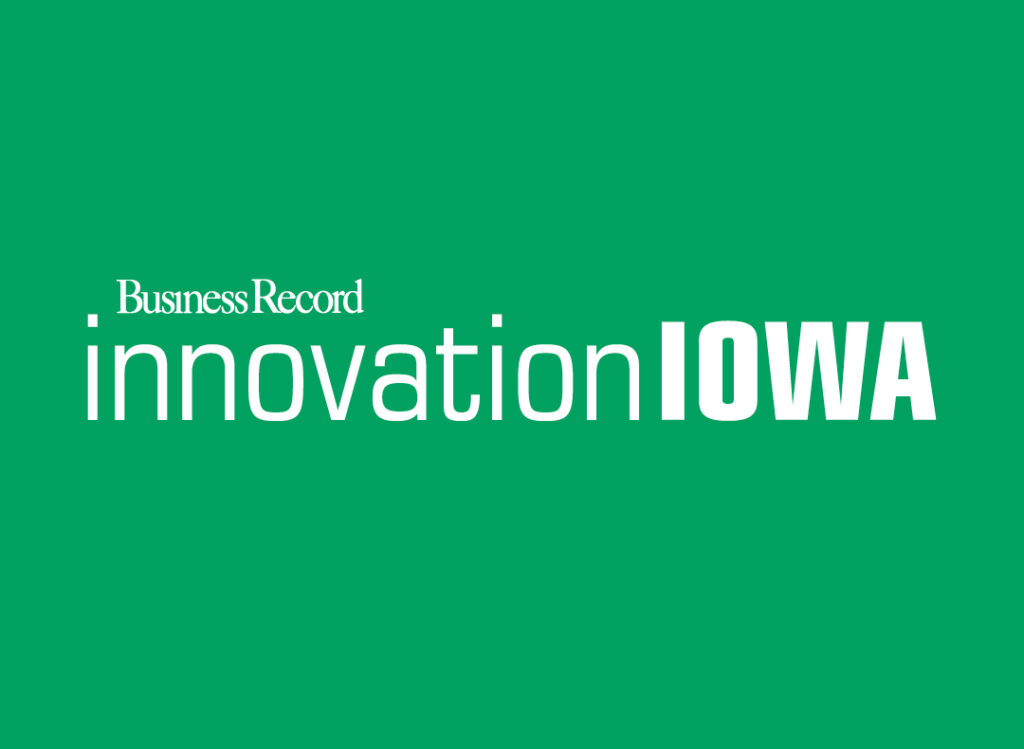The Elbert Files: Smoke and mirrors

DAVE ELBERT May 16, 2018 | 2:03 pm
3 min read time
619 wordsBusiness Record Insider, Opinion, The Elbert FilesThe truth about the $2 billion tax cut package approved by Iowa lawmakers a couple of weeks ago is that much of it is smoke and mirrors and is unlikely to occur in the time frame created by the law.
That’s probably good news if you are a Democrat and believe that most of the savings would go to the wealthy. Or if you believe the changes would trigger budget cuts that would turn Iowa into a bankrupt state like Kansas.
But it’s not so good if you’re a Republican — or anyone, for that matter — who was hoping the tax package would contain long-overdue reform and rein in out-of-control tax breaks, or that it would simplify the tax code and make it fairer.
The key to the tax package is that its reform provisions won’t take effect unless certain revenue triggers requested by Gov. Kim Reynolds are reached.
Given the current state of the Iowa economy, it seems unlikely that those triggers will be reached during the four years spelled out in this tax bill.
Basically, the tax bill says that key provisions, including elimination of federal deductibility and a shift to permanently lower tax rates and fewer tax brackets, won’t occur unless the state’s General Fund revenues grow a minimum of 4 percent annually every year between now and 2023.
That’s a big lift when you consider that the General Fund hasn’t achieved 4 percent growth for some time.
For the current fiscal year, which ends June 30, year-to-date growth in early May was about 2.5 percent, well below the 4 percent officials predicted back in December.
Another thing to keep in mind is that, as far as the Iowa economy is concerned, this is about as good as it gets. Realistically, Iowa’s economy won’t get much better than it’s been in recent years.
Not unless the farm economy suddenly takes off.
But that won’t happen for a variety of reasons tied to federal policies, where officials are once again suggesting that farm commodities could be held hostage in new trade wars with China and other countries.
Today, many of us will consider it a victory if we avoid a major farm recession in the next few years.
As near as I can tell, the only reason to believe that 4 percent revenue growth can be achieved next year is because the tax package extends the state’s retail sales tax to the digital economy.
But even that won’t be enough to keep things moving forward over the longer haul.
According to the Iowa Department of Revenue, taxing online sales, ride-sharing services and other digital businesses will add an estimated $117 million in General Fund revenue by fiscal year 2020.
Those new digital taxes should bump up state revenue by about 1.5 percent. Added to today’s 2.5 percent generic growth it could push total collections to the 4 percent trigger for that first year.
But that’s basically a one-year bump. After the first year, digital tax gains become incremental, and they won’t be enough on their own to sustain 4 percent annual growth until 2023, when the key provisions of the tax bill can be triggered.
There are, of course, ways that the state could attain 4 percent revenue growth. Michael Lipsman, a former top analyst for the Revenue Department, has suggested several.
More than $100 million could be added to state revenues annually by eliminating or reforming business tax credits, he has said.
Another $100 million could be gained by plugging loopholes that out-of-state corporations and banks use to game the system by shifting costs into Iowa, while pushing revenues out of state.
Those are serious improvements that lawmakers should consider when they return next year.









